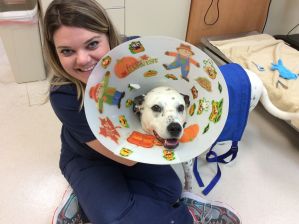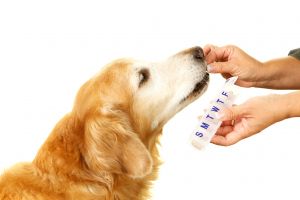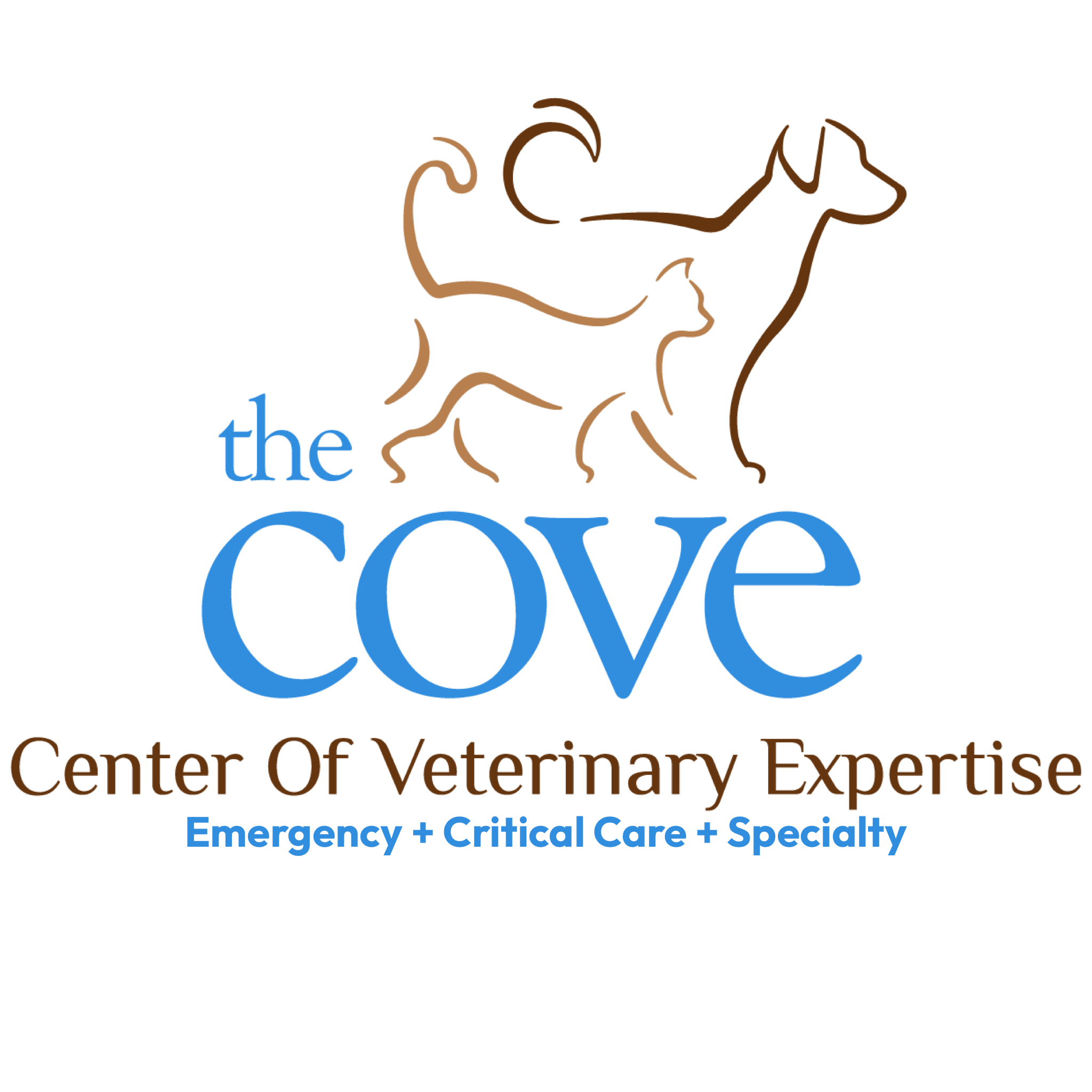Once your cat or dog is home from surgery, there are many things you can do to ensure a smooth and uninterrupted healing process. While your pet may want to go about their normal presurgery ways, restricting activity is of utmost importance.
Here are a few tips to help expedite your pet’s post-op recovery and decrease chances of setbacks:
- Cage rest: Use a crate or kennel for the recommended period after surgery. Rest and limited activity allows the bone remodeling and/or the incision to heal much faster.

- E-collar: Your veterinarian or veterinary surgeon will most likely recommend an e-collar (or Elizabethan/cone collar) be worn for the initial recovery period. This prevents your pet from licking or chewing at the incision, which helps reduce the risk of infection or breaking open of the wound. Proper fitting of the collar is vital to ensure your pet cannot reach the incision. While pet owners sometimes feel sorry for their pet and are inclined to remove it, it does the pet no favors to let him or her go without it. For your pet’s sake, please use the e-collar provided for the duration recommended.

- Monitor the incision: Paying special attention to your pet’s incision site can help detect early signs of infection or other issues. Signs to look for are excessive swelling, bleeding, excessive bruising, redness, inflammation, draining, or wound gaping. Call your veterinarian immediately if any of these signs arise. They may recommend you come in as soon as possible or send a photo via email for their review to determine if/when intervention is necessary.

- Monitor anxiety: Most pets are not used to being confined for long periods of time and often exhibit anxiety behaviors including panting, pacing, whimpering or whining, excessive barking or meowing, chewing or biting at the cage door, digging or scratching, and restlessness. If these symptoms are noticed, try moving your pet’s crate to a darker, quiet room—away from high-traffic/activity areas. Also consider turning on a TV, radio, white noise machine, or fan to help drown out surrounding noises. If your pet still seems anxious, talk to your veterinarian about adjusting the antianxiety medications provided upon discharge. Your pet’s emotional well-being is an equally important part of the healing process.

- Medications: It is important that you follow the medication instructions as prescribed. Antibiotics are often given to treat or prevent infections. Giving them on time and for the full course is important to prevent antibiotic resistance. Pain medications help make your pet comfortable and relaxed, which fosters rest to promote healing. Antianxiety medications or sedatives are prescribed to ensure your pet’s stress level is well managed while their body is healing physically. Always speak with your veterinarian before changing the recommended medication protocol or if you notice any unexpected behaviors or side effects.

If your pet’s condition or pain is severe or worsening and it is after hours, or your primary care veterinarian has instructed you to come to The COVE, you do not need an appointment or referral to receive emergency services. However, please call first if possible—757-935-9111—so that we may best prepare for your arrival and be notified if you need assistance bringing your pet inside. We will always communicate with your family veterinarian regarding your pet’s condition to ensure continuity of care and appropriate follow-up.
About Us
The COVE’s veterinarians and staff wholeheartedly embrace the core values of community, collaboration, commitment, compassion, and integrity. This focus ensures that pets, the people who love them, and their primary care veterinarians have as positive and affirming a healthcare experience as possible, regardless of the circumstances that bring us all together.
